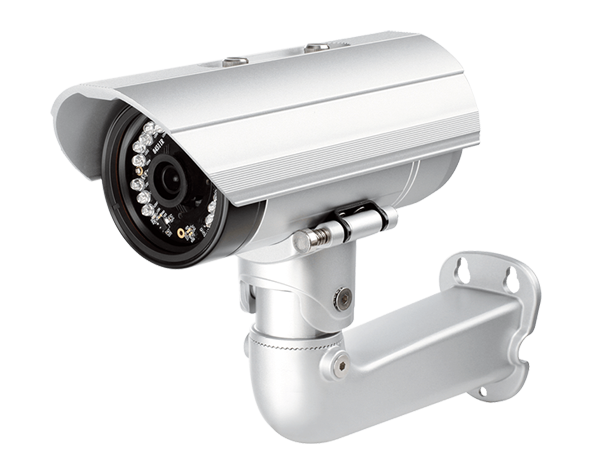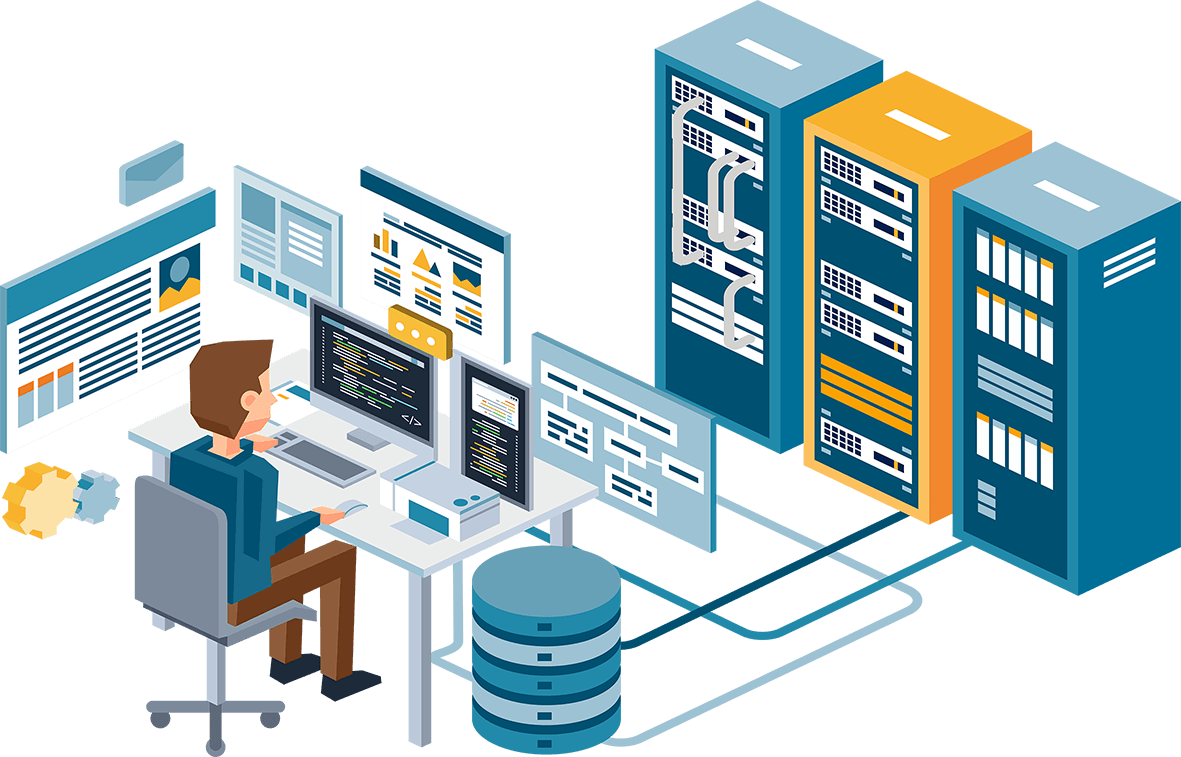Telecommunications is the transmission of information over significant distances to communicate. This information can be in the form of voice, data, text, video, or images. The field of telecommunications has evolved significantly over the years, from traditional wired telephone systems to modern wireless communication technologies that support a wide range of applications and services.
Key Components of Telecommunications
-
Transmission Media
- Wired Media: Includes twisted-pair cables, coaxial cables, and fiber optic cables.
- Wireless Media: Includes radio waves, microwaves, and satellite communications.
-
Switching Systems
- Circuit Switching: Establishes a dedicated communication path between two endpoints (e.g., traditional telephone networks).
- Packet Switching: Data is broken into packets that are transmitted independently over the network (e.g., Internet).
-
Networking Equipment
- Routers: Direct data packets between networks.
- Switches: Connect devices within a network and manage data traffic.
- Modems: Convert digital data to analog signals and vice versa for transmission over telephone lines.
- Repeaters: Amplify signals to extend the range of communication.
-
Protocols and Standards
- TCP/IP: The suite of protocols that form the foundation of the Internet.
- LTE/5G: Standards for mobile telecommunications.
- VoIP (Voice over Internet Protocol): Protocols for transmitting voice over IP networks.
Types of Telecommunications Systems
-
Landline Telephone Systems
- Traditional telephone networks using copper wires for voice communication.
-
Mobile Networks
- Cellular networks (e.g., 3G, 4G, 5G) providing voice and data services to mobile devices.
-
Internet Services
- Broadband (DSL, cable, fiber) and wireless Internet services providing high-speed data connectivity.
-
Satellite Communications
- Long-distance communication using satellites, supporting services like GPS, satellite TV, and Internet.
-
Private Networks
- Enterprise networks, including VPNs (Virtual Private Networks), Intranets, and extranets, providing secure communication within and between organizations.
Telecommunications Services
-
Voice Services
- Traditional landline, mobile, and VoIP services enabling voice communication.
-
Data Services
- Internet access, email, cloud services, and other data transmission services.
-
Video Services
- Video conferencing, IPTV (Internet Protocol Television), and streaming services.
-
Messaging Services
- SMS, MMS, and instant messaging services.
-
Managed Services
- Outsourced management of telecommunications infrastructure and services, including network monitoring, maintenance, and support.
Benefits of Telecommunications
-
Connectivity
- Enables communication across long distances, connecting people and businesses globally.
-
Efficiency
- Facilitates quick and efficient exchange of information, enhancing productivity and decision-making.
-
Innovation
- Supports the development of new technologies and services, driving innovation in various sectors.
-
Economic Growth
- Contributes to economic development by enabling commerce, remote work, and digital services.
-
Social Impact
- Enhances social interactions and access to information, education, and healthcare.
Challenges in Telecommunications
-
Infrastructure Costs
- High costs associated with deploying and maintaining telecommunications infrastructure.
-
Regulation and Compliance
- Navigating complex regulatory environments and ensuring compliance with local and international laws.
-
Security Concerns
- Protecting networks and data from cyber threats and ensuring privacy.
-
Spectrum Management
- Efficiently managing the radio spectrum to avoid interference and optimize usage.
-
Digital Divide
- Addressing the gap in access to telecommunications services between urban and rural or underserved areas.
Future Trends in Telecommunications
-
5G and Beyond
- Deployment of 5G networks offering higher speeds, lower latency, and support for massive IoT.
-
Internet of Things (IoT)
- Expansion of IoT applications, connecting more devices and enabling smart cities, homes, and industries.
-
Artificial Intelligence (AI)
- Integration of AI for network optimization, predictive maintenance, and enhanced customer service.
-
Edge Computing
- Reducing latency by processing data closer to the source, improving real-time applications and services.
-
Quantum Communication
- Research and development in quantum communication for ultra-secure and high-capacity data transmission.
-
Satellite Internet
- Expansion of satellite-based Internet services to provide global coverage, especially in remote areas.







 AMC / Tech Service
AMC / Tech Service IT Infrastructure
IT Infrastructure Telecommunication
Telecommunication Surveillance CCTV
Surveillance CCTV Access Control
Access Control Web & Marketing
Web & Marketing